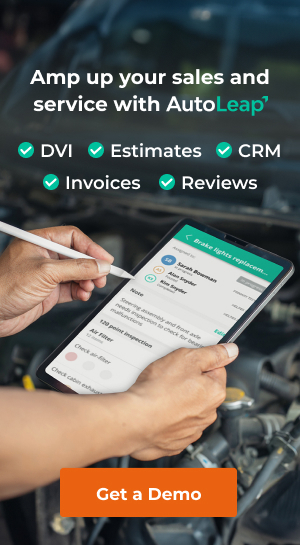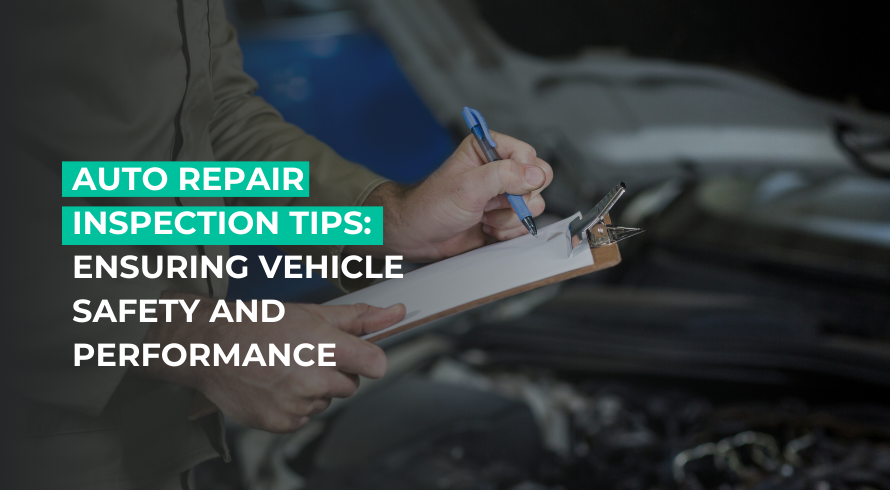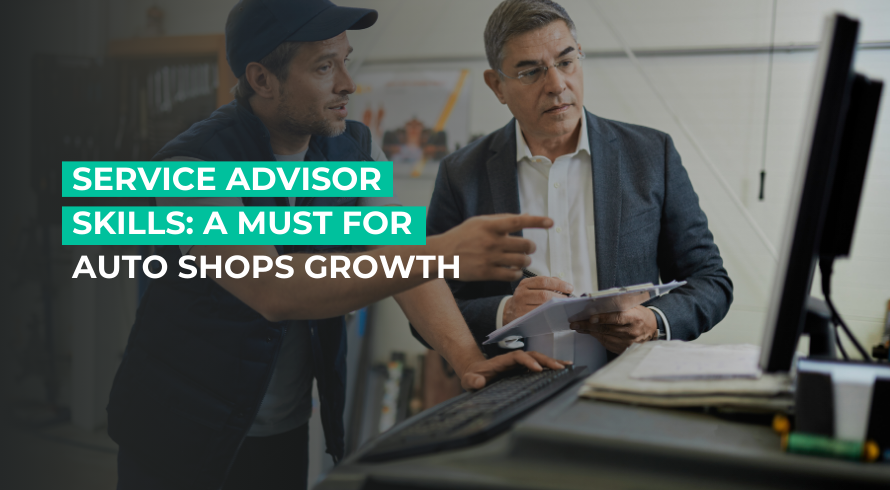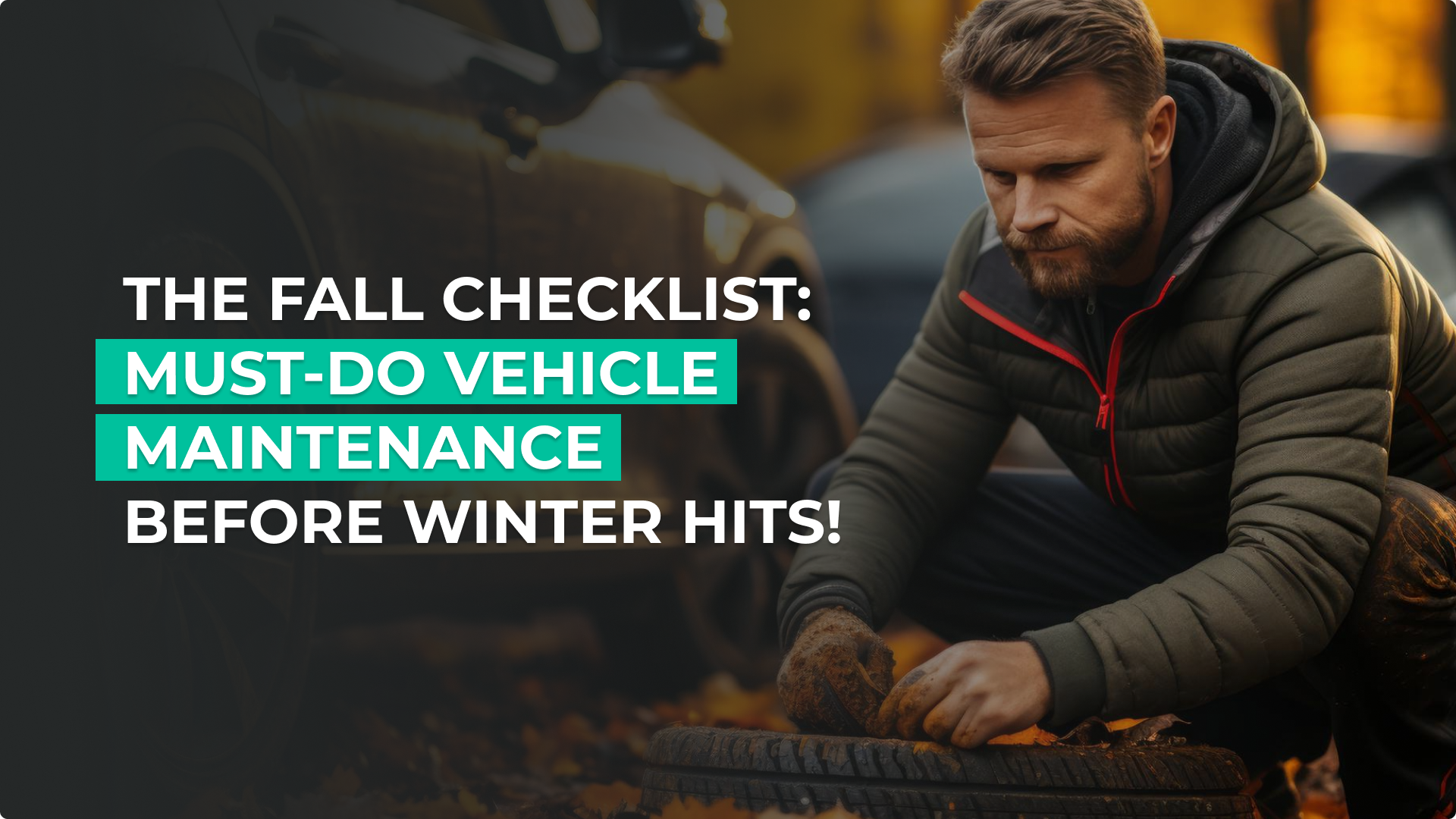In Part I of “The Changing Dynamic of Trust in the Digital Age” webinar recap, we discussed how the automotive industry faces rapid digital disruption, as well as the evolution to a state of distributed trust, where consumers form their own opinions on trust by evaluating user rating and reviews sites.
» Want to grow your auto repair business? Click here to schedule a demo.
In Part II, we at AutoLeap, examine how automotive shops can instill trust by taking control of their online reputations and incorporating trust across all stages of the customer lifecycle with clear communication and technology.
Trust guides consumer decisions
Wheeler says trust plays a key role in shaping consumer decisions, notably by bridging the gap between uncertainty and certainty, a concept he refers to as a “trust leap.”
“So when you think about that in regard to your business today, if someone’s looking to get their car fixed and they select you for the first time, what are you doing to create that remarkable force of trust?”
Wheeler says trust leaps happen all around us, and automotive shop owners need to identify the opportunities to establish the trust bridges that help existing and prospective customers feel good about doing business with your shop.
“You have to look in the mirror and say, ‘Do I have the things in place within the business to create the trust bridge that allows that consumer to make the trust leap?’ Are your existing techs allowing you to build that trust bridge? Do you have internal processes in place for customer interaction and follow-up?”
Build trust across the customer experience
In this new age of distributed trust, Wheeler says shop owners need to be acutely aware of the opportunities to build trust into their business at every level across the customer experience. He says the trust bridge begins at the “zero moment of trust,” when a customer realizes their vehicle needs service.
“Increasingly, that’s done over the internet, whether it’s by direct search, social discovery, or looking at online reviews,” he says. “So, are you incorporating a message of trust? Are you telling those new potential customers—or even better—letting your existing customers tell your story and letting people know that you’re trustworthy?”
After the customer takes the trust leap and brings their car to your shop, Wheeler says clear communication can build and promote trust across all phases of the customer journey.
He says shop owners should consider the following checklist when looking at their customer communication:
- Clearly communicate the results of a vehicle inspection.
- Use digital vehicle inspections (DVI) to educate the customer about their cars.
- Understand your customer’s communication preferences.
- Tell the customer all the things that are working correctly, not just the items that need immediate attention.
- Follow up with the customer to check in on the experience, and possibly schedule future work.
- Have a process to deal with unhappy customers.
Engage your team to help you build trust
Wheeler suggests sitting down with your team to identify opportunities to build the trust bridge across all parts of the business.
“You really have to operationalize trust in your business,” he says. “It’s about taking ownership and claiming ownership of your reputation. Because your reputation essentially is a combination of all the individual interactions your customers have with your people, so every employee in your building really needs to be on board. They will certainly define the customer experience.”
Wheeler recommends the following tips to operationalize trust:
- Invest in automotive shop management software to automate processes and respond to customer comments with ease.
- Evaluate where you stack up online, including customer reviews, blogs, forums, and social media.
- Establish publicly facing value statements for your business based on trust and accountability.
Ways to track trust at your auto repair shop
While it may not seem quantifiable, Wheeler says you can measure trust via customer retention and loyalty, the number of cars in your shop, and by claiming ownership of what people say about you in-person and online.
“The essence of my message is really about the distributed trust understanding, and people are trusting businesses and individuals much differently today than they ever did before,” he says.
“If you’re relying upon those face-to-face interactions,” he adds. “You may never get that potential customer into your shop, due to what people are saying about you or based on their perception of your website, or your technology solutions.”
Closing thoughts
In the second part of this Webinar Recap series, Wheeler proposed ways for auto repair shops to build trust. One of the main things is building the right culture within your shop since your employees interact with the customers. These front office employees need to reflect the shop’s values when interacting with customers for the business to grow.












